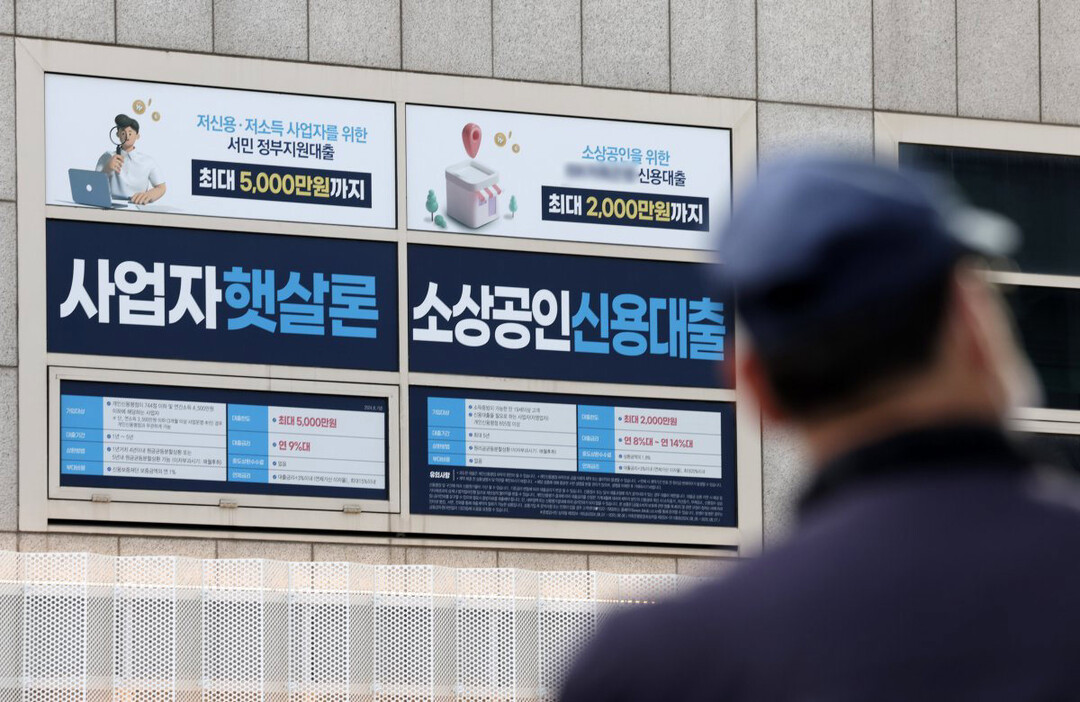
Seoul, South Korea – South Korea's small and medium-sized enterprises (SMEs) are facing an unprecedented crisis as the prolonged economic downturn, coupled with soaring inflation, high exchange rates, and interest rates, forces many businesses to shut down.
According to the Federation of SMEs, the payout for the Yellow Umbrella scheme, a safety net for self-employed individuals, reached a record high of 1.3 trillion won ($980 million) in the first eleven months of this year. This marks a 10.1% increase compared to the same period last year. The Yellow Umbrella scheme provides financial support to members who face sudden business closures or other financial hardships.
Similarly, the amount of money that regional credit guarantee funds have had to pay on behalf of struggling small businesses has skyrocketed. These funds, designed to help small businesses secure loans, have seen their payouts surge from 507.6 billion won in 2022 to 2.05 trillion won in the first ten months of this year.
The surge in business closures can be attributed to the prolonged economic downturn, coupled with rising costs for labor, materials, and other expenses. According to the National Tax Service, the number of businesses that ceased operations last year hit a record high of 986,487 since records began in 2006.
"With the minimum wage increasing for several years, coupled with rising costs due to inflation and a declining domestic market, businesses are seeing their revenues dwindle," said an official from the Federation of Korean SMEs.
Medium-sized enterprises are also struggling. A survey conducted by the Federation revealed that 47.2% of respondents reported a worsening financial situation this year, compared to 31.7% last year.
The outlook for the coming year remains bleak. With the won-dollar exchange rate continuing to soar and the possibility of increased regulations under a potential second Trump administration, small and medium-sized enterprises are facing even greater challenges.
While large corporations have been able to mitigate the impact of exchange rate fluctuations through hedging, small and medium-sized enterprises have limited options and are primarily resorting to cost-cutting measures.
"Most export-oriented SMEs had estimated the won-dollar exchange rate at around 1,300 won at the beginning of the year," said an official from the Federation of Korean SMEs. "With the exchange rate soaring more than 10%, many SMEs are facing a dire situation."
[Copyright (c) Global Economic Times. All Rights Reserved.]



























